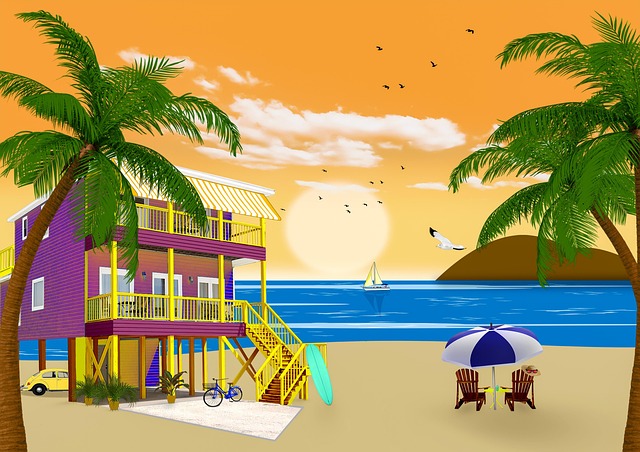For surfboard beginners, traction is key to safety and enjoyment. Grip pads enhance stability and control, aiding learning maneuvers. Soft pads offer comfort for beginners, while hard pads provide superior grip for advanced surfers. Thicker pads with moderate texture and rubberized surfaces ensure optimal traction. DIY installation allows customization for improved performance. Wider boards benefit from grip pads for enhanced control and maneuverability. Place feet closer to the tail for better balance, and choose textured pads for increased stability.
For surfboard beginners, achieving proper traction can transform your surfing experience. Grip pads, essential accessories in surfboard design, offer enhanced grip, preventing slips and improving performance. This guide explores everything from understanding basic traction issues to choosing the right pad, installation, and maximizing your board’s potential. Learn how these simple additions can make a significant impact, especially for those new to the waves, ensuring a safer, more enjoyable ride.
Understanding Traction Issues for Beginners
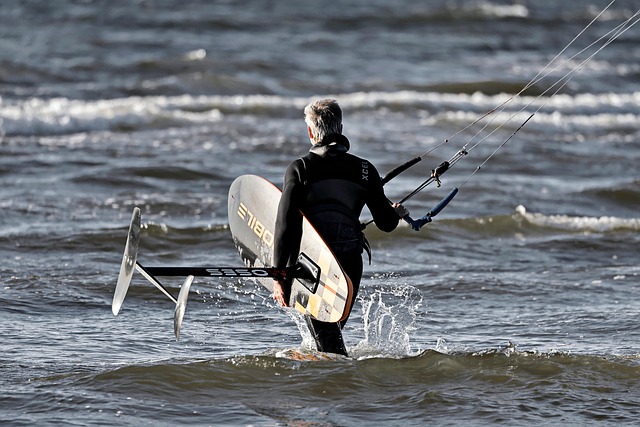
For surfboard for beginners, understanding traction issues is crucial to their overall surfing experience and safety. Traction refers to the grip a surfer has on their board, which directly impacts their ability to maneuver, turn, and maintain balance in the water. Poor traction can lead to slips, falls, and even more severe injuries. Beginners often face challenges due to a lack of body strength, poor technique, or inadequate equipment, all of which contribute to reduced stability and control.
One common issue is over-sliding, where the surfer’s feet slide too far forward on the board, causing them to lose balance. This can be attributed to using the wrong grip pressure or having improper foot placement. Another problem is under-traction, resulting in a loss of speed and maneuverability when attempting turns. Beginners should focus on developing a consistent paddling technique and learning how to distribute their weight evenly across the surfboard’s surface for optimal traction.
The Role of Grip Pads in Surfboard Design

Grip pads play a pivotal role in modern surfboard design, especially for surfboards tailored for beginners. These small yet crucial components enhance traction on the board’s deck, making it safer and easier to control during waves. For newcomers to surfing, maintaining balance can be challenging, and grip pads offer much-needed stability by providing a secure footprint, enabling them to focus on perfecting their technique without worrying about slipping.
In the context of surfboards for beginners, grip pads are designed to be both durable and non-slip, catering to riders who may be less experienced with wave riding dynamics. They are strategically placed to ensure optimal control and comfort, allowing beginners to carve turns, catch waves, and build confidence without the constant fear of losing their footing. This simple addition significantly contributes to making surfboards more accessible and enjoyable for those taking their first waves.
Types of Grip Pads: A Comprehensive Overview
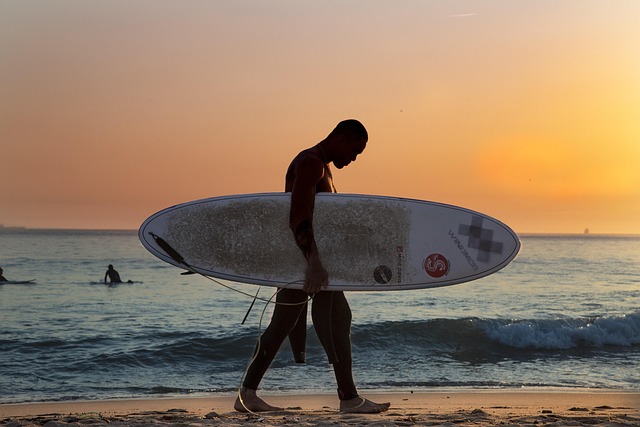
Grip pads, also known as nose plugs or tail pieces, are an essential accessory for any surfer, especially those who are just starting out on their surfboard journey. These small yet powerful tools significantly enhance traction and control, making it easier to perform maneuvers and catch waves. When it comes to choosing the right grip pad, beginners should consider the various types available in the market today.
The two primary categories include soft and hard grip pads. Soft grip pads offer a more comfortable and forgiving surface, ideal for beginners who are still developing their balance and skills. They usually provide excellent cushioning and shock absorption, reducing fatigue on long surf sessions. On the other hand, hard grip pads are more durable and provide superior grip, making them suitable for experienced surfers who demand higher performance. For surfboard beginners, opting for a soft grip pad can be advantageous, as it allows for easier learning curves and better control, ensuring they can focus on mastering the fundamentals of surfing before progressing to more advanced setups.
Choosing the Right Pad for Your Board
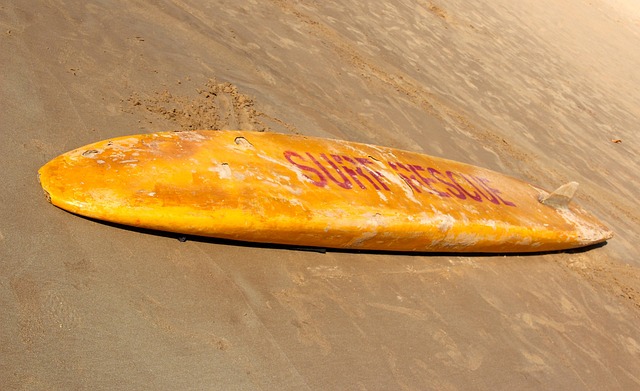
When selecting a grip pad, especially for a surfboard designed for beginners, it’s key to consider the surface and traction level. Pads typically vary in thickness and texture, each offering distinct benefits. For novice surfers, a slightly thicker pad with moderate texture provides enhanced stability and balance. This is crucial as it helps new riders feel more secure on the board, allowing them to focus on learning essential skills like paddling and catching waves.
For instance, a grip pad with a rubberized surface and a mild grit ensures optimal traction without being overly aggressive, which can be off-putting for beginners. Look for pads designed specifically for surfboards, as these will often align with the contours of the deck, improving overall control and comfort during sessions in the water—essential factors that contribute to a positive learning experience for any surfboard for beginners.
Installation: A Step-by-Step Guide for Newbies
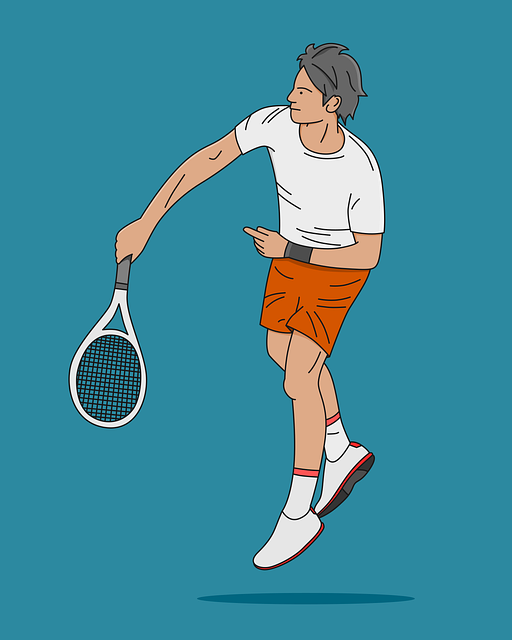
Installing grip pads, also known as deck pads, on your surfboard is a straightforward process that every beginner should learn to enhance their surfing experience. Here’s a simple step-by-step guide to help you navigate this task with ease, especially when setting up your first surfboard.
Begin by gathering the necessary tools: a pad, an adhesive (often provided with the grip pad), a clean cloth, and perhaps some tape for extra support. Ensure your surfboard is dry and free from any debris. Clean the surface where you want to attach the grip pad using the cloth. Apply a thin layer of adhesive according to the manufacturer’s instructions, evenly spreading it over the designated area. Place the grip pad carefully onto the adhesive, aligning it precisely as per your board’s design. Press down firmly for a few seconds until it sticks securely. Allow adequate time for the adhesive to cure completely before using the surfboard, typically indicated on the packaging. With this simple step-by-step process, beginners can now enjoy their personalized surfboard setup, offering enhanced traction and comfort during surfing sessions.
Benefits of Using Grip Pads on Surfboards
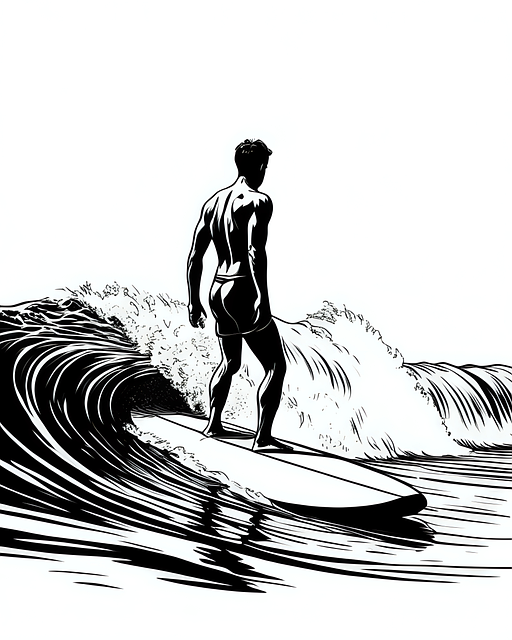
Grip pads, also known as nose plugs or tail pieces, offer significant advantages for surfboard users, especially those who are new to the sport. For surfboard beginners, maintaining balance can be a challenge due to the constant need to adjust their position on the board. Grip pads provide extra traction by increasing friction between the rider’s feet and the board, enabling them to hold their stance more securely. This enhanced stability is crucial for building confidence and mastering fundamental surfing techniques like paddling and carving turns.
Additionally, grip pads cater to a wide range of surfboard shapes and sizes, making them a versatile accessory. They are particularly beneficial for wider boards, which often have less natural traction due to their design. By installing grip pads, beginners can enjoy improved control and maneuverability, allowing them to explore the waves with more freedom and enjoyment.
Tips to Maximize Traction and Performance
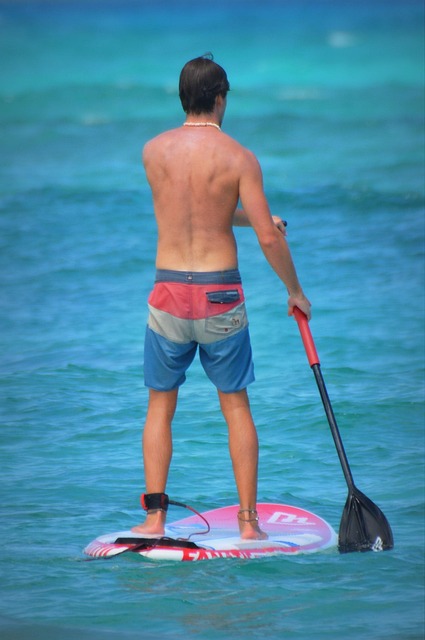
To maximize traction and performance, especially on a surfboard for beginners, proper foot placement is key. Position your feet closer to the tail for enhanced stability and control, which can significantly improve balance, particularly in challenging conditions. This positioning allows for a more secure stance, enabling better carving and faster turns.
Additionally, utilizing grip pads with textured surfaces can offer extra traction. When choosing pads, consider materials that provide a good grip but are also lightweight to avoid fatigue during extended sessions. For beginners, a slightly larger pad might offer more security, allowing them to focus on learning without worrying about slipping.
